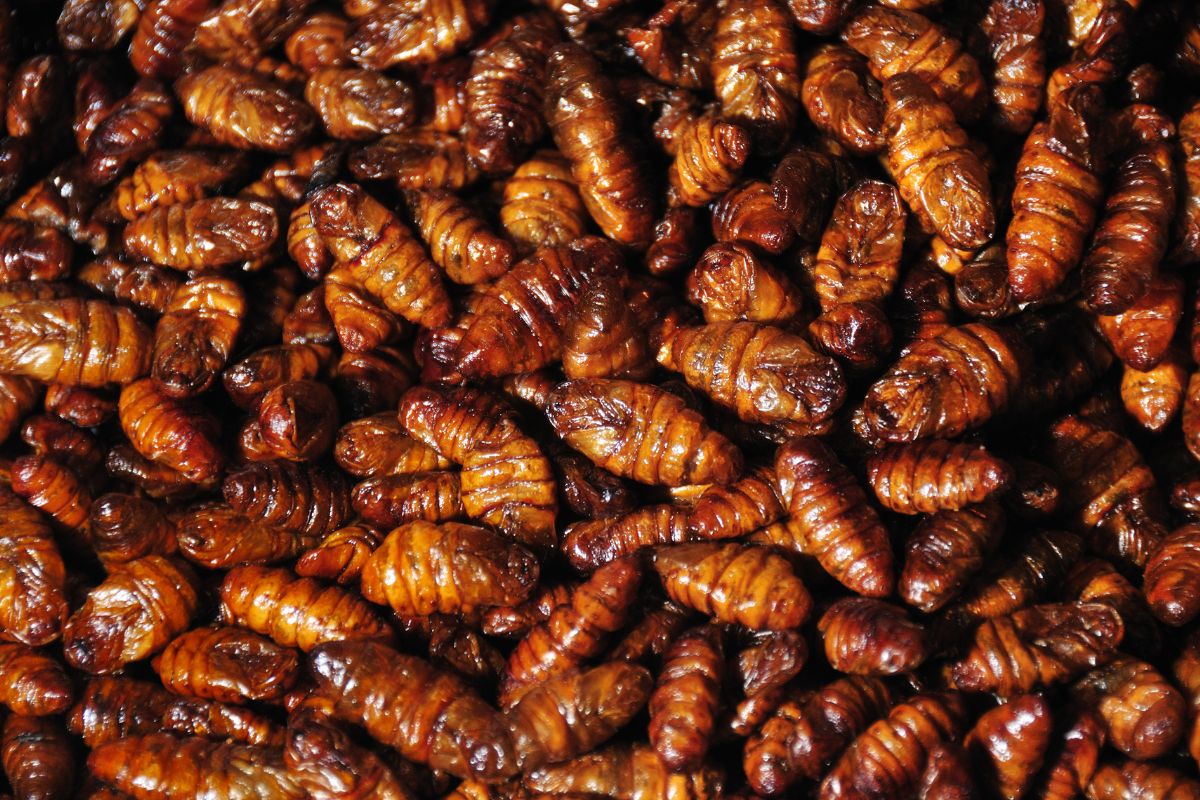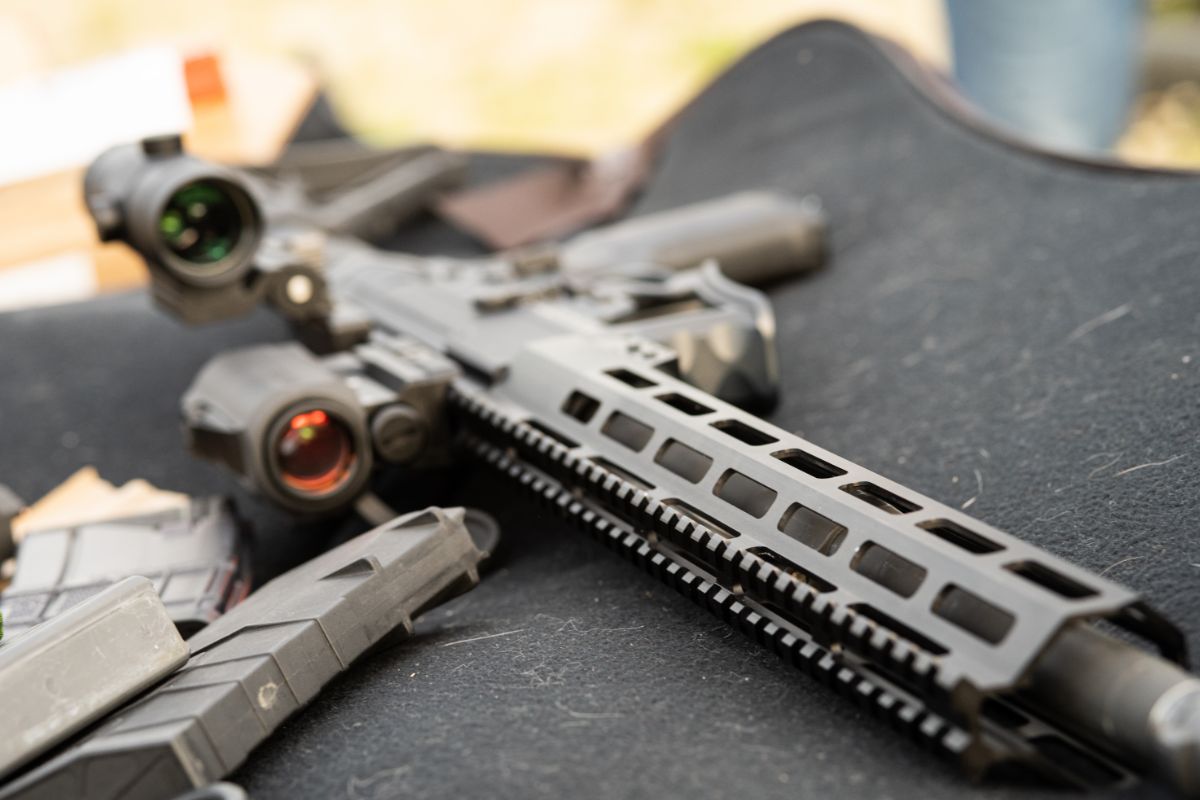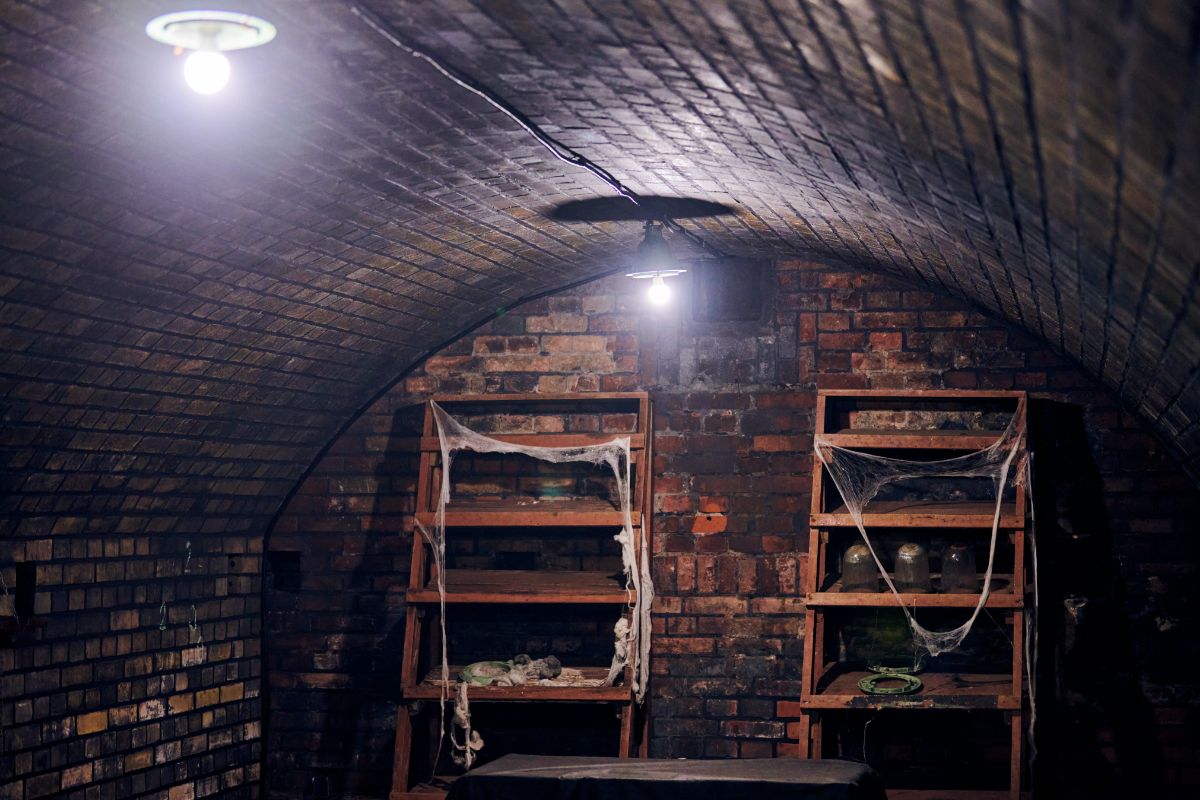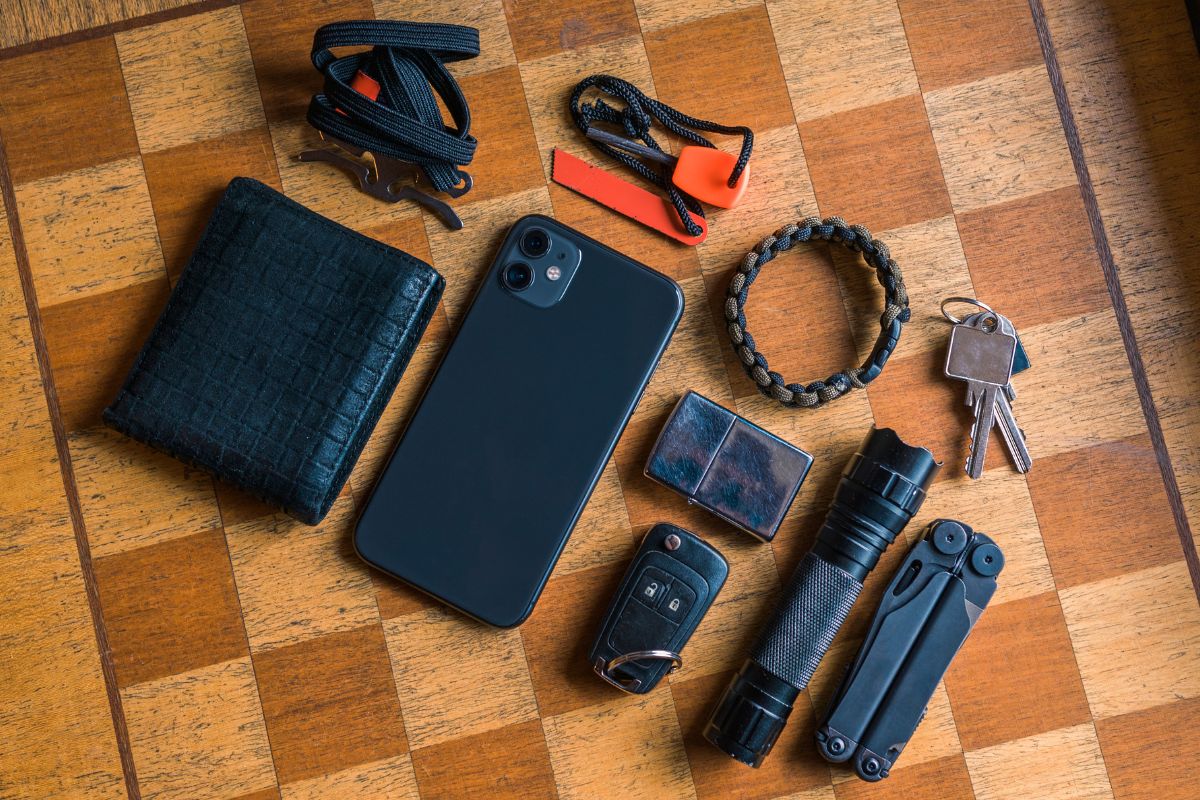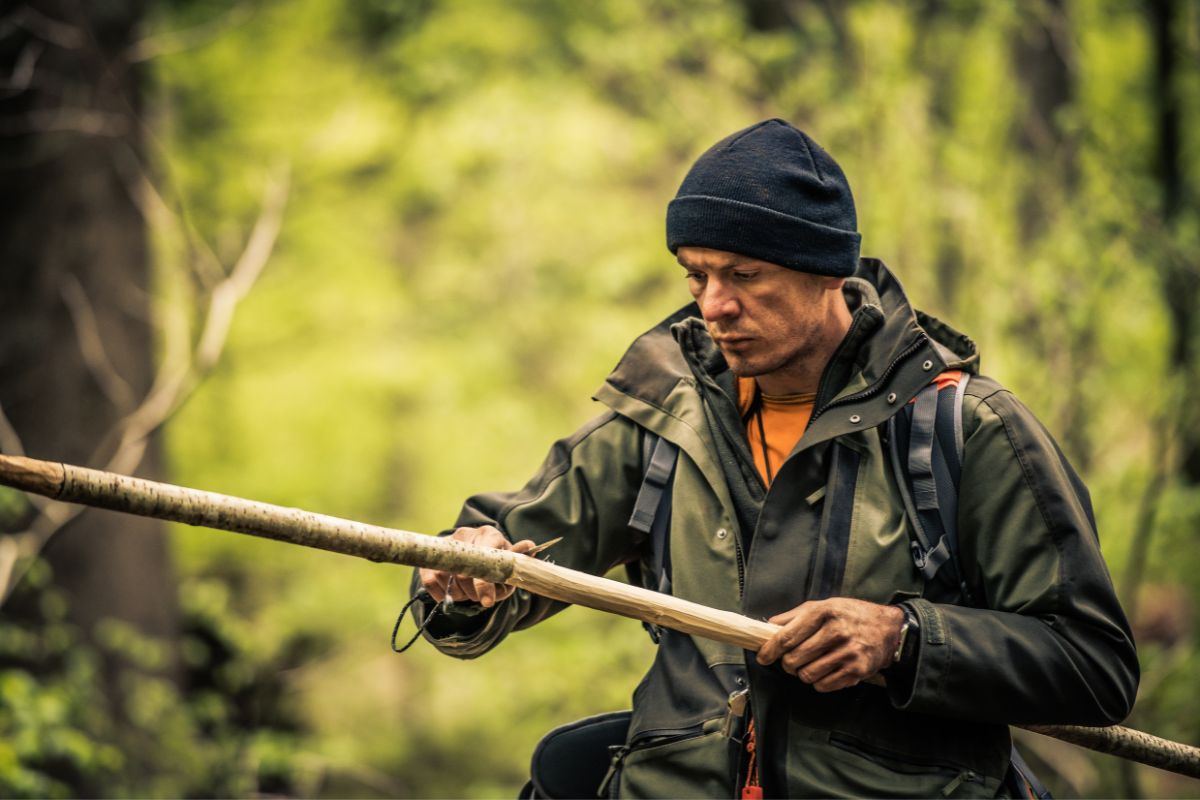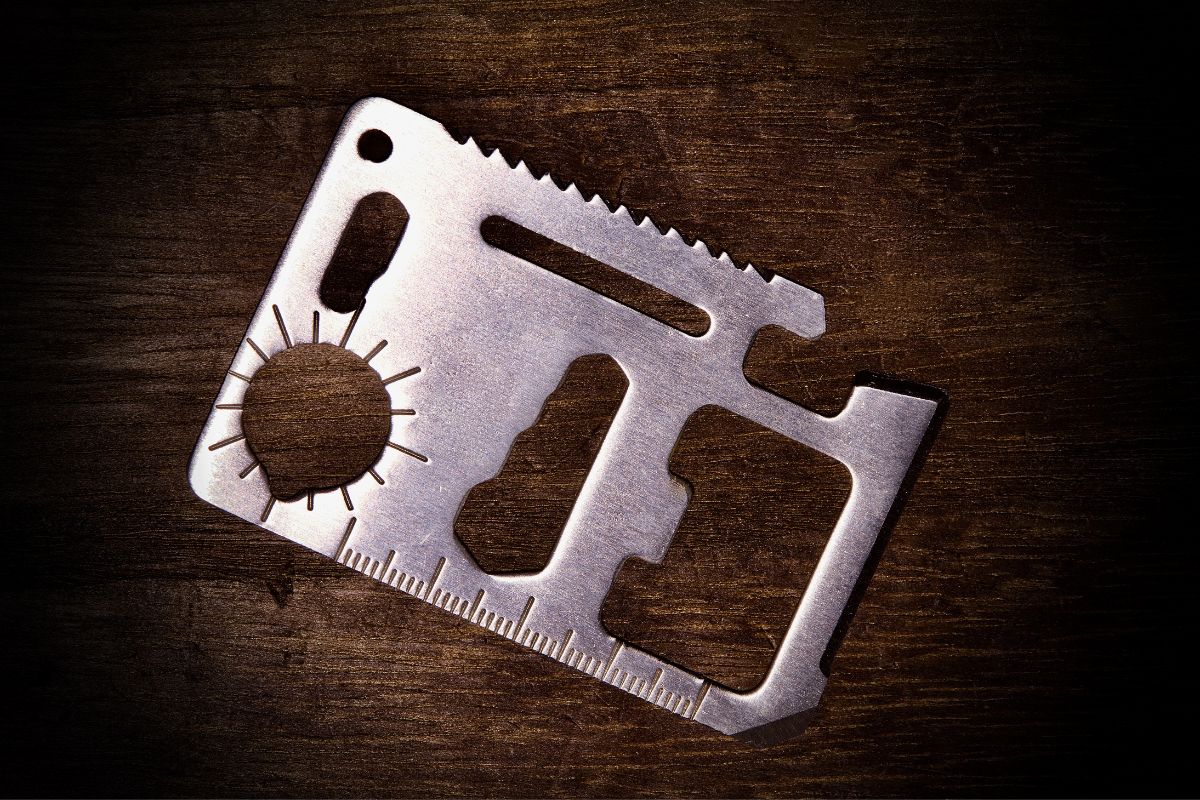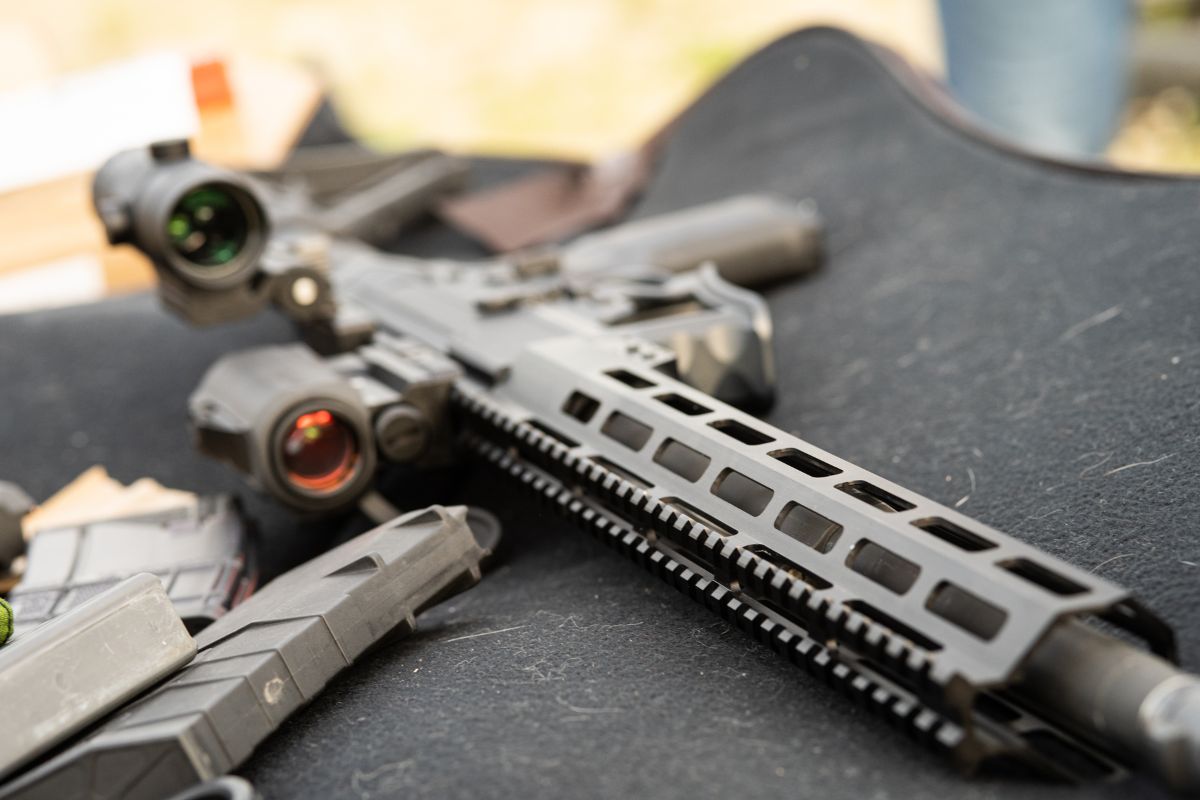If you find yourself in a survival situation of any type you will quickly realize that you will need a steady supply of protein.
The calories you get from the meat, bone marrow and fat of an animal are highly nutritious and one of the keys to survival when you have to find and catch all your own food.
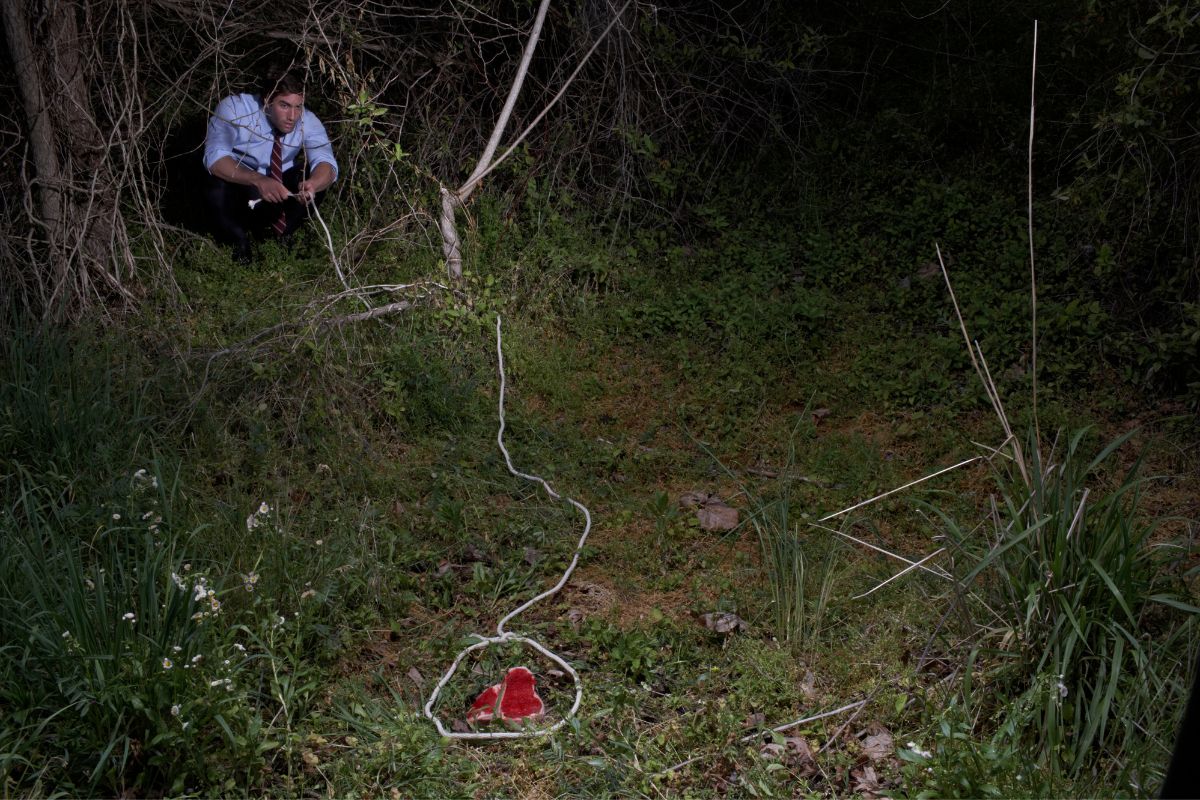
But, we do not have the strength of a tiger, nor the agility of a leopard. So, what is the easiest way for humans to hunt when there are no weapons handy?
Well, that is where snares come in. A snare can be set and left to do its work. If you come back in a few hours, if you are lucky, you will have a rabbit or other small critter in your carefully set snare.
The next question is, how do you make a snare? Well, that’s where we come in. In this article we are going to go over a few types of snares and how you can make them yourself.
So, without further ado, let us get started!
Why Is Snaring A Helpful Survival Skill?
For the first few days of survival in the wilderness, usually between one and seven days, food is not critical.
In a survival setting your first priority is water (Check out How To Desalinate Water For Survival), fire and shelter. But when you get hungry and weak you are going to need food. This is where snares can be a very useful tool.
With a skill like this you will be able to catch food fairly easily and that skill alone could make the difference between surviving and death in an extreme survival situation.
Types Of Snakes And How To Make Them
There are a ton of different types of snares out there. In this section we are going to look at a few of the most common ones. So, without further ado, let us get started!
Grave’s Bait Stick Snare
This trap is quite well known in bushcraft circles. In fact, an author by the name of Richard Graves who is a bushcraft expert writes all about them in one of his books.
This trap is bait-activated and relatively easy to make. The bait stick is a pretty standard trap for most small animals, which makes it an important trap to learn how to make.
Before you can start making this trap you are going to make sure to have a spring pole, forked stake, a thin toggle stick, snare line with a trigger line attached, a bait stick, and finally the bait.
But, how do you make this type of trap?
- Step 1 – To start, you are going to need to tie your snare line to the end of the spring pole. The pole will need to be bent down to the point the snare line touches the ground in a spot of your choice.
- Step 2 – After that you will need to drive your forked stake into the ground on the spot that the line touches the ground. By doing this you are asserting that the snare line stays plumb. This is essential for the trap to work as it should.
- Step 3 – Next, tie your pencil thin toggle to the end of the trigger line, this like should be attached to the snare line. Take your toggle and run it under the forked stake. It is essential that you keep the parallel to the ground. On top of that you will need to make sure that it is at the right angle. So, take your time!
- Step 4 – Your next step is to take the baited trigger line and set it, you will need to assure that it is located at the end of the toggle. If you are worried about the trap being sprung you can use several twigs which will help to support the noose while you reset the trigger.
As a quick side note, it is IMPERATIVE that you do not handle your snare line with unprotected hands after the trigger has been set.
This is because you can easily trigger the snare which can take off a finger quite easily if you are not careful.
Fixed Snare
This type of trap is made using solid wire or braided steel cables. By making this choice in material crease strength, and flexibility which is very useful in trapping.
This type of trap is usually used just once due to the fact that once this trap has been sprung the wire can get broken or severely bent out of shape.
Despite all of that it is a very quick and easy snare to set.
But, how do you make this type of trap?
- Step 1 – You will need a twig that is between an eighth and three sixteenths of an inch in diameter. This stick should also be breakable.
- Step 2 – Once you have the perfect stick you should take your wire and wrap one end of it around the stick. Make sure to do this two to three times. At this point you should be able to twist your stick like a propeller in order to twist the ends of your worse shut.
- Step 3 – Next, you can snap the twig and then take it out of the wire. By doing this you should have an eye where you can make your noose.
- Step 4 – Now all you have left to do is put your snare on rabbit burrows or small animal trails. You can also place them onto spring pole snares if you want to make sure that your snare is super secure.
Peg Snare
This type of snare is not ideal for everyone as they can be quite difficult to get right. In order to get this trap working as it should you will need to make sure that you have all the right tools on hand.
Despite that, this trap is quite easy to set if you have the right knowledge.
In order to make this snare you will require a spring pole, snare line that has a noose on the end, a peg, and finally some bait. But, how do you make this type of trap?
- Step 1 – The first thing you will need to do is carve yourself a hook into the top of the peg and then drive the other side of that peg into the ground. It is recommended that you use a stick from a sapling or a bush as they will have exceptional wood that makes for the perfect anchors.
- Step 2 – Once your peg is in the ground you will need to carve a second hook into your trigger peg. This stick will then be hooked onto the stake you have already.
- Step 3 – Next, you will need to tie the snare line on the spring pole and the trigger peg. The knot you use will need to be on the trigger peg. If you tie the line somewhere else you will risk pulling the trigger at a weird angle which can result in your trap not working as it should.
- Step 4 – Now all that is left is to attach your bait to your trigger peg and make sure that the noose is properly hung around the bait you have chosen.
Drowning Snare
This trap is quite simple to make and the method of snaring makes it a more humane trap for the critters you manage to catch.
To make this snare you will need a snare line which should have a noose on the end, a heavy stone, a stick that can be used as a float and a small stick that will be used to prop the rock up and rig it to fall easily.
But, how do you make this type of trap?
- Step 1 – Your first step is to tie the snare line to a rock of your choosing. When you are doing this you should make sure to leave a length of lien free so that you can tie your float to both the rock and the noose.
- Step 2 – Your noose should be placed in a slide or a run that is pointed toward the water. Once you have your noose in place you can tie your float stick to the loose line.
- Step 3 – Next, you will need to put your heavy rock in the palace so that it is in a precarious position and will fall in the water when the snare has been set off.
Treadle Snare
Also known as the spring pole and noose trap, this snare will be set off when a small animal knocks the trigger.
It can be a tricky snare to set up but once you get an understanding of how it works you will certainly be able to make use of this treadle snare.
In order to make this snare you will need a spring pole, snare line with a nose on the end, a thin toggle stick, your trigger stick and finally a support which can then trigger stick and components together.
But, how do you make this type of trap?
- Step 1 – First things first, you will need to tie your snare line to the end of the spring pole. You will also need to tie your toggle stick to the other end of your trigger line.
- Step 2 – Next, you will need to bring the spring pole down and make sure that the toggle is then lapped over your supports by using the treadle trigger stick that will hold the toggle in its place.
- Step 3 – Now you can set the noose in place, it will need to be next to the treadle. With that, everything is set up and you are ready to catch yourself a critter.
Squirrel Pole Snare
If you are a seasoned hunter you will know that squirrels love to take shortcuts.
This trap takes advantage of that desire by placing an alluring shortcut up a tree and laying a deadly snare on it to catch unwary squirrels.
The squirrel pole snare is quite easy to make and it is effective against this one type of animal.
But, how do you make this type of trap?
- Step 1 – You will need to start by making a wire snare look from about two feet of 22- and 24- gauge wire. Your noose will need to be just a bit smaller than three inches in diameter. On top of that you will need to make sure that there is a zed shape in the wire between the pole and noose so that you have enough slack.
- Step 2 – Next, you will need to twist this snare onto a rough barked pole and make sure that it is secure before you add a few more nooses to the pole. WE recommend at least a dozen snares on your piece of wood. They should also be placed in different spots. So, make sure that some are on top and some are on the sides.
- Step 3 – Your final step is to put your snared pole against a tree that you know has a lot of squirrel visitors and wait to catch yourself some critters.
Figure Four Deadfall Snare
There are several varieties of deadfall snares. In this article we are going to look at the figure four deadfall snare.
It can be a little tricky to carve all your components’ in this snare. So this might be a better trap for more seasoned trappers.
On the plus side, you only need a few components to make this snare, and it is super effective.
To make the figure four deadfall snare you will need three sticks, something to use as deadfall weight and appropriate bait. But, how do you make this type of trap?
- Step 1 – Okay, to start, you will need to carve a flat screwdriver point on one of your three sticks. This will become your vertical post. On your second stick you will also need a screwdriver point on one end and a notch on the other end, this is known as a diagonal stick. Your final stick must also have a notch carved out on one end and a point made on the other; the pointed end of this stick will hold your bait.
- Step 2 – With all of your sticks prepared you must now use these sticks to crease a four. You will need to start by squaring up the vertical post and cutting a notch on the horizontal bait stick. This is so that it can catch on the square ends that you have made on the post. Each of your three stocks should fit together and catch on the notches in a way that can hold up the deadfall weight.
Final Thoughts
We hope that you enjoyed this article, there are a ton of additional snare out there that we have not been able to cover.
So if you didn’t find what you are looking for here make sure to do a little more research. There is sure to be something out there that will suit your needs.
Have a fantastic day and happy hunting!
- How To Make A Quick And Easy DIY Toilet For Camping - September 19, 2022
- How To Use A Knife For Self Defense - September 19, 2022
- How To Help The Elderly Recover From A Disaster - September 19, 2022


